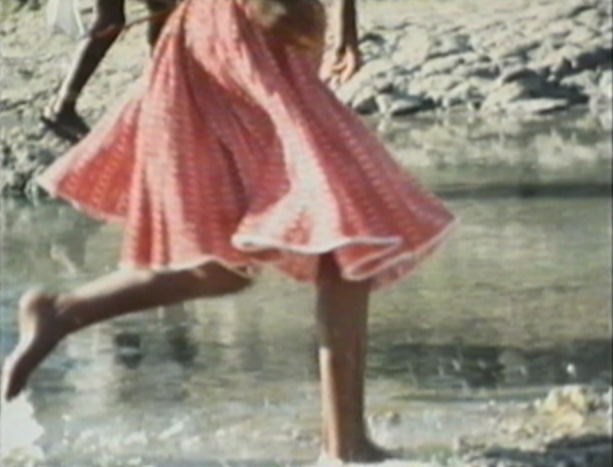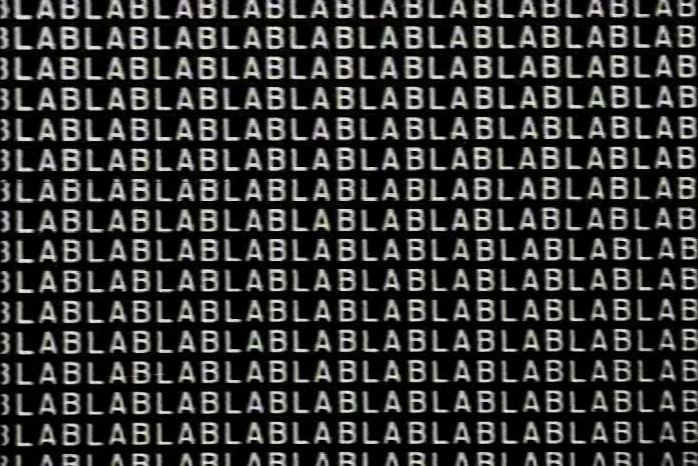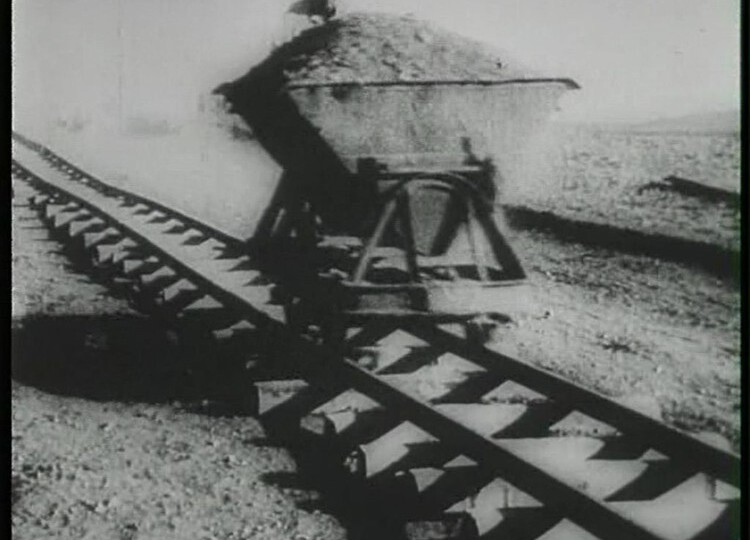Raymonde Carasco
Director, author, and professor of philosophy and film studies Raymonde Carasco (1939-2009) left behind a remarkable body of work that remains little known today. Her attempts at combining film and anthropology, which she eventually gave up, arose from an interest in Sergei Eisenstein, about whose approach to editing she had written a dissertation under the guidance of Roland Barthes. Inspired by Antonin Artaud’s book Voyage to the Land of the Tarahumara (1947, published in English in 1976 as The Peyote Dance), she traveled to Mexico, where she spent more than 20 years with this group of Native Americans. Together with her husband, the cinematographer and film editor Régis Hebraud, she filmed an entire series of ethnographic films: Tarahumaras 78 (1979), Tarahumaras 79 – Tutuguri (1980), Los Pintos (1982), Tarahumaras 85 – Los Pascoleros (1996), Artaud et les Tarahumaras (1996), Ciguri 98 – The Peyote Dance (1998), Ciguri 99 – Le dernier Chaman (1999) and La Fêlure du temps (2004).
The main subject of this poetic mosaic is the ritual culture of the Tarahumara Indians. However, Carasco does not use the techniques and cinematic narratives usually found in visual anthropology. She is not interested in merely capturing outer appearances; instead, she tries to create a reality consisting of little islands that are mutually connected to form a single whole. The result is what Carasco calls a paysage-matière (material landscape) in which the careful viewer will find sensitive moments of walking, running, and ritual song and dance. What is truly important, however, is the narration, much of which consists of excerpts from Artaud’s writings.
As a result, she manages to create new descriptive forms, placed within an almost tangible present and set into motion. At the same time, she offers an alternative viewpoint free of Western didactic baggage. Carasco and Hébraud’s signature style possesses a formally elegant structure. They play with forms of visual representation based on fragmentation, loftiness, fetishization, and logical sequences of events. The result is an uncommonly interesting analysis of the Tarahumaras’ relationship to the primal natural forces – in other words, the relationship between heaven and earth.
Tarahumaras 79 - Tutuguri (Raymonde Carasco, 1979)
Besides the works mentioned above, Carasco’s body of work includes other films, scripts for fiction films, and literary texts, many of which were never published. Worth mentioning is her cinematic meditation on movement and walking, an Artaudian study of the human anatomy called Gradiva Esquisse I (1978). Slow-motion close-ups of a woman’s feet in the act of walking liberate movement from the confines of “from/to”; all that remains is empty movement, the bearer of meaning, a space for encountering the divine.
For Carasco, her theoretical footing was of fundamental importance. This included the concept of “writing with the eyes.” Films served to verify this concept. On this subject, she wrote:
“To look with one’s own eyes. That is writing. What writing tells us. How writing tells a story on the basis of initial seeing. The filmmaker’s curiosity is childlike; it is children’s writing. A confrontation of my view with that of Artaud. There emerges a basic hypothesis: At the outset is the written text, poetry; here we find the view.”
In most of her works, this searching resulted in a mix of various disciplines – philosophy, film, literature, photography. It is a kind of duel in the sense of Jacques Rivette’s Duelle. On top of this, her films are also fascinating essays, attempts at finding lost time.
Based on the text by Nicole Brenez and Corinne Maury.




